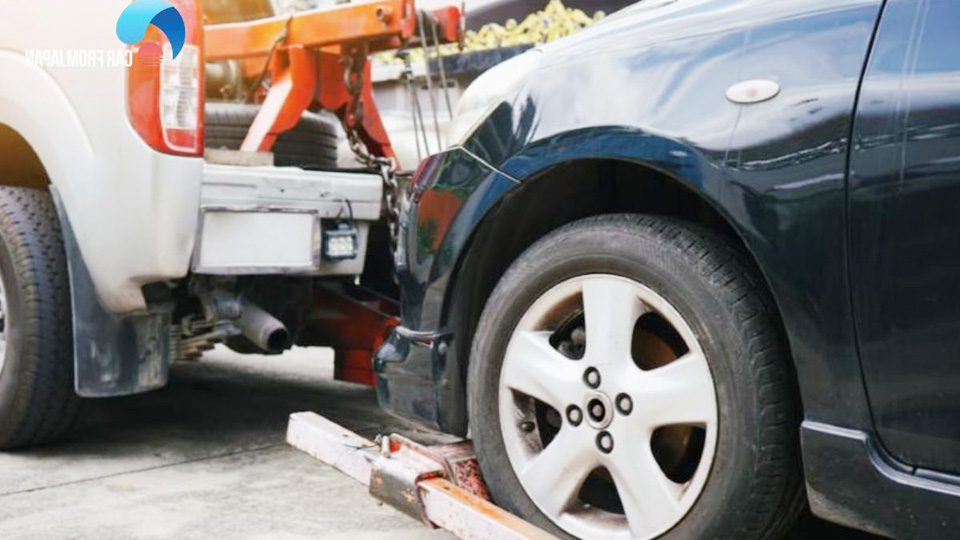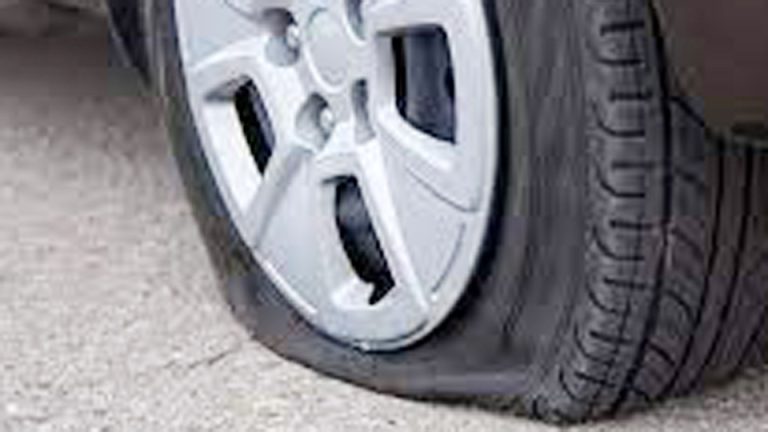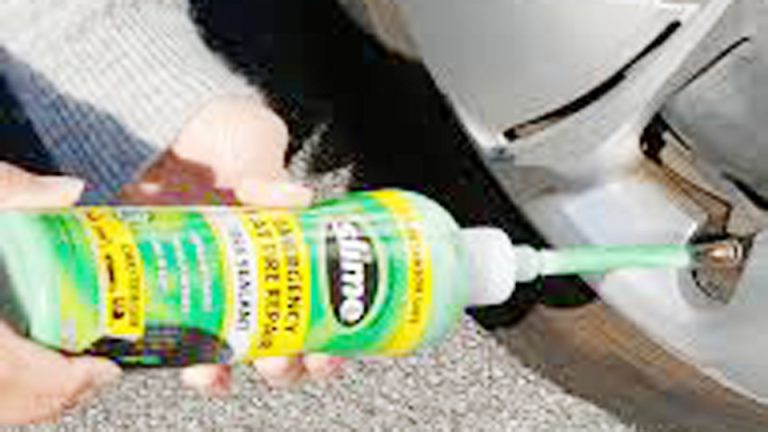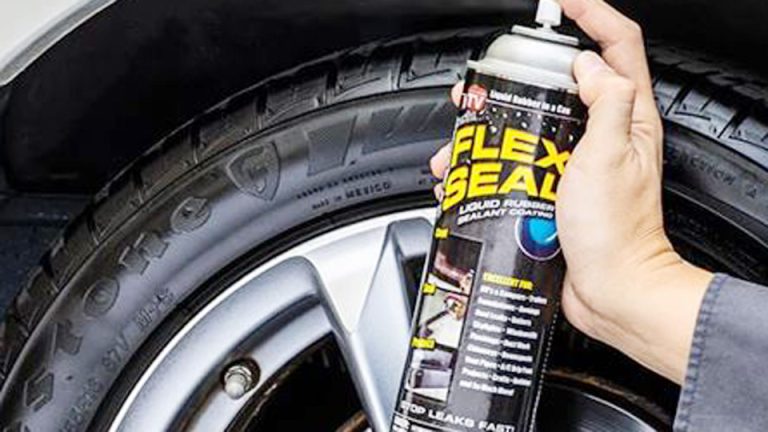You’re stranded on the side of a dusty highway, your all-wheel-drive (AWD) Subaru or Jeep refusing to start. The tow truck pulls up, and the driver starts hooking up your car. But a nagging thought hits you—what happens if you tow an all-wheel-drive car improperly? As someone who’s spent years tinkering with cars and helping friends avoid costly mistakes, I can tell you that towing an AWD vehicle isn’t as simple as it seems.
Done wrong, it can lead to serious damage to your drivetrain, costing you thousands in repairs. Let’s dive into why towing an AWD car is tricky, what can go wrong, and how to do it safely, whether you’re a car enthusiast, a DIY mechanic, or just someone who loves their ride.

Image by carfromjapan
Why Towing an AWD Car Is Different
Towing a front-wheel-drive (FWD) or rear-wheel-drive (RWD) car is straightforward—lift the driven wheels off the ground, and you’re usually good to go. But AWD vehicles, like your Audi Q5 or Toyota RAV4, have all four wheels connected to the drivetrain, which complicates things. The drivetrain, including the transmission, differentials, and transfer case, is designed to distribute power to all wheels simultaneously.
If you tow an AWD car with any wheels on the ground, those components keep spinning, even if the engine is off. Without proper lubrication or disengagement, you’re risking serious mechanical damage.
Imagine your car’s drivetrain as a complex network of gears, all working together. When you tow improperly, it’s like forcing those gears to grind without oil—think metal-on-metal chaos. I’ve seen buddies in my garage end up with fried differentials because they didn’t know better. This matters because AWD systems are expensive to repair, and a simple towing mistake can turn a minor breakdown into a wallet-draining nightmare.
When Towing Goes Wrong
Here’s what can happen if you tow an AWD car incorrectly:
Transmission Overheating: Without the engine running, the transmission fluid pump doesn’t circulate fluid, leading to overheating and wear.
Differential Damage: The front, rear, or center differential can seize or grind, as they’re forced to rotate without proper lubrication.
Transfer Case Failure: The transfer case, which splits power between axles, can suffer catastrophic failure if stressed during improper towing.
Driveshaft Wear: In some AWD systems, the driveshaft can be damaged if it’s spinning without proper disengagement.
I once helped a neighbor whose AWD Honda CR-V was towed with all four wheels on the ground. The repair bill for the damaged transfer case was over $3,000. That’s a mistake you don’t want to make.
Understanding AWD Systems
To get why towing an AWD car is a big deal, you need to understand how these systems work. AWD vehicles vary—some, like a Subaru Forester, have full-time AWD, where power is always sent to all four wheels. Others, like a Ford Escape, use part-time AWD, engaging all wheels only when needed. Then there are performance AWD systems, like those in a BMW X5 or Porsche Macan, which prioritize handling and traction.
Each system has unique components:
Full-time AWD: Always active, with a center differential or viscous coupling to balance power. Examples include many Subaru models.
Part-time AWD: Engages all wheels only during low traction, often using an electronic clutch. Common in crossovers like the Toyota RAV4.
Performance AWD: Biased toward rear wheels for sporty handling, seen in cars like the Audi Quattro or Tesla Model Y.
Why does this matter? Each system reacts differently to towing. Full-time AWD cars are the most sensitive, as all components are always engaged. Part-time systems might be less prone to damage if disengaged, but you still need to be cautious. Knowing your car’s AWD type is the first step to towing it safely.
How to Check Your AWD System
Not sure what kind of AWD your car has? Here’s how to find out:
- Check the Owner’s Manual: It’ll specify whether your system is full-time, part-time, or performance-based.
- Look for Badges: Terms like “4MATIC” (Mercedes), “xDrive” (BMW), or “Quattro” (Audi) hint at the system type.
- Ask Your Dealer: If you’re unsure, a quick call to your dealership’s service department can clarify.
- Inspect the Drivetrain: If you’re a DIYer, check for a center differential or transfer case under the car.
I learned this the hard way when I assumed my old Jeep Cherokee’s AWD was part-time and towed it incorrectly. A quick glance at the manual would’ve saved me a headache.
Safe Towing Methods for AWD Cars
Towing an AWD car safely means ensuring no drivetrain components are stressed. Here are the best methods, based on years of wrenching and real-world towing experiences:
Flatbed Towing: The Gold Standard
A flatbed tow truck is the safest option. All four wheels are off the ground, so the drivetrain isn’t spinning. It’s like putting your car on a giant skateboard—no risk to the transmission, differentials, or transfer case. Most modern tow companies, especially in the USA, have flatbeds available. If you’re calling for a tow, insist on a flatbed for your AWD vehicle.
Pros:
- Zero risk of drivetrain damage
- Widely available in urban areas
- Suitable for all AWD types
Cons:
- More expensive than other methods
- Not always available in rural areas
I always tell my friends to request a flatbed, especially for newer AWD cars with complex electronics. It’s worth the extra cost for peace of mind.
Dollies: A Decent Alternative
If a flatbed isn’t available, a tow dolly can work for some AWD cars. A dolly lifts the front wheels off the ground, while the rear wheels roll. This is only safe for part-time AWD systems where the rear wheels can be disengaged (check your manual). For full-time AWD, dollies are risky unless you can disconnect the driveshaft.
Pros:
- Cheaper than a flatbed
- Common in smaller towing operations
Cons:
- Not safe for full-time AWD without driveshaft removal
- Requires careful setup to avoid damage
I used a dolly once to tow my old Mazda CX-5, but only after confirming it had a part-time AWD system. Even then, I double-checked with the tow driver to ensure proper setup.
Driveshaft Disconnection: The DIY Option
For full-time AWD cars, disconnecting the driveshaft can make towing with a dolly or two-wheel tow safe. This involves removing the shaft that connects the transmission to the rear differential, preventing it from spinning. It’s a job for experienced DIY mechanics, as it requires tools and know-how.
Steps to Disconnect the Driveshaft:
- Park on a Flat Surface: Use jack stands to lift the car safely.
- Locate the Driveshaft: It runs from the transmission to the rear differential.
- Remove Bolts: Use a wrench to loosen the bolts at both ends (usually 12-14mm).
- Secure the Shaft: Tie it up to prevent it from dragging.
- Tow Carefully: Ensure the tow driver knows the driveshaft is disconnected.
Warning: If you’re not confident, leave this to a pro. A loose driveshaft can damage your undercarriage. I’ve done this on my Jeep, but it took me a solid hour the first time—patience is key.
Trailer Towing: For Long Distances
If you’re moving your AWD car across states, a car trailer is ideal. Like a flatbed, it keeps all wheels off the ground. You can rent trailers from places like U-Haul, but you’ll need a vehicle with enough towing capacity (check your tow vehicle’s specs).
Pros:
- Safe for all AWD systems
- Great for long-distance moves
Cons:
- Requires a tow vehicle
- Can be tricky to load without experience
I helped a buddy move his Subaru Outback from California to Texas using a U-Haul trailer. It was smooth, but we practiced loading and unloading in his driveway first.
Common Towing Mistakes to Avoid
Towing an AWD car is a minefield of potential errors. Here are the big ones I’ve seen (and sometimes made):
Towing with All Wheels Down: This is the fastest way to trash your drivetrain. Never let a tow truck drag your AWD car with all four wheels on the ground.
Assuming All AWD Systems Are the Same: A Toyota Highlander’s part-time AWD isn’t a Subaru WRX’s full-time system. Always check your manual.
Ignoring Weight Limits: Overloading a dolly or trailer can damage both the tow vehicle and your car.
Not Communicating with the Tow Driver: Always tell the driver your car is AWD and insist on a flatbed or proper setup.
I once saw a tow driver hook up an Audi Q7 with a standard tow hook, ignoring the owner’s protests. The result? A $4,500 repair bill for a ruined transmission. Speak up!
When to Tow Your AWD Car
Knowing when towing is necessary can save you from bigger headaches. Here are common scenarios where you might need to tow your AWD vehicle:
- Mechanical Failure: Dead battery, failed alternator, or engine issues that prevent driving.
- Accidents: If your car is damaged in a collision, towing is often the only option.
- Stuck in Mud or Snow: AWD cars are great for traction, but they’re not invincible. I’ve towed friends’ Jeeps out of muddy trails in Colorado.
- Flat Tires: If you can’t change the tire on the spot, towing is safer than driving on a spare with AWD.
In the USA, road conditions vary wildly—think icy Midwest winters or sandy Florida beaches. Always carry a roadside assistance number (like AAA) for emergencies.
Choosing the Right Towing Service
Not all tow companies are created equal. Here’s how to pick one that won’t wreck your AWD car:
- Ask About Equipment: Confirm they have a flatbed or dolly suitable for AWD vehicles.
- Check Reviews: Look for companies with experience towing AWD cars. Yelp or Google reviews can help.
- Verify Insurance: Ensure the tow company’s insurance covers any damage during towing.
- Be Clear About AWD: Tell them upfront your car is AWD and needs special handling.
I always keep a local tow company’s number saved after a bad experience with a random roadside service. A good tow driver is like a good mechanic—worth their weight in gold.
Comparison of Towing Methods for AWD Cars
| Method | Best For | Pros | Cons | Cost Estimate |
|---|---|---|---|---|
| Flatbed Towing | All AWD types | Safest, no drivetrain risk | Expensive, less available in rural areas | $100-$300 |
| Tow Dolly | Part-time AWD (if disengaged) | Cheaper, widely available | Risky for full-time AWD, setup time | $50-$150 |
| Driveshaft Disconnect | Full-time AWD (DIY) | Cost-effective, safe if done right | Requires skill, time-consuming | $0-$50 (DIY) |
| Car Trailer | Long-distance moves | Safe, good for cross-country | Needs tow vehicle, loading skill | $100-$500 (rental) |
Maintenance Tips to Prevent Towing Nightmares
Prevention is better than a tow truck. Regular maintenance can keep your AWD car from needing a tow in the first place:
Check Fluid Levels: Transmission and differential fluids are critical for AWD systems. Check them every 6 months or 5,000 miles.
Inspect Tires: Uneven tire wear can strain AWD components, leading to failures. Rotate tires every 5,000-7,500 miles.
Service the Transfer Case: Have it checked during oil changes, especially for full-time AWD vehicles.
Carry a Jump Starter: A dead battery is a common reason for towing. A portable jump starter can save the day.
I keep a jump starter in my trunk and check my Subaru’s fluids religiously. It’s saved me from calling a tow truck more than once.
Real-World Scenarios: Towing AWD Cars Across the USA
Let’s talk real situations. Driving conditions in the USA vary, and so do towing needs:
Northeast Winters: Snow and ice can strand AWD cars like Subarus or Audis. Flatbeds are a must in these conditions to avoid drivetrain strain.
Desert Highways: In places like Arizona, overheating is a risk. If your AWD car breaks down, a flatbed prevents further damage from towing in extreme heat.
Rural Areas: In remote parts of Montana or Texas, flatbeds might be scarce. Know how to disconnect your driveshaft or insist on a trailer.
Urban Breakdowns: In cities like Chicago or LA, flatbeds are common, but traffic can delay towing. Carry a roadside kit for emergencies.
I once helped a friend tow his Jeep Grand Cherokee in a Colorado blizzard. The tow company only had a dolly, so we disconnected the driveshaft to be safe. It was a cold, messy job, but it saved his car.
Conclusion
Towing an all-wheel-drive car isn’t just about getting it from point A to point B—it’s about doing it without turning a minor issue into a major repair bill. Whether you’re a DIY mechanic working on your Subaru in the garage or a daily driver stuck on I-95, understanding how to tow your AWD car safely is crucial. Stick to flatbed towing whenever possible, know your vehicle’s AWD system, and communicate clearly with your tow driver. Regular maintenance can prevent breakdowns, but when towing is unavoidable, being prepared makes all the difference.
FAQ
Can I tow my AWD car with a standard tow truck?
No, a standard tow truck with a hook or wheel-lift can damage an AWD car’s drivetrain. Always request a flatbed or, for part-time AWD, a properly set-up dolly.
How do I know if my car has full-time or part-time AWD?
Check your owner’s manual or look for brand-specific AWD terms like “Quattro” or “xDrive.” You can also call your dealership’s service department for clarification.
Is it safe to tow an AWD car with a dol Dolly?
It’s safe for part-time AWD systems if the driven wheels are disengaged. For full-time AWD, you must disconnect the driveshaft or use a flatbed.
What’s the cost of towing an AWD car?
Flatbed towing typically costs $100-$300, while dollies are $50-$150. Costs vary by location and distance—urban areas are pricier.
Can I prevent towing by maintaining my AWD car?
Regular maintenance like checking fluids, rotating tires, and servicing the transfer case can reduce breakdowns. A jump starter can also help with battery issues.



